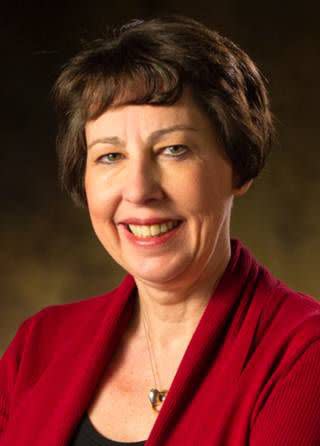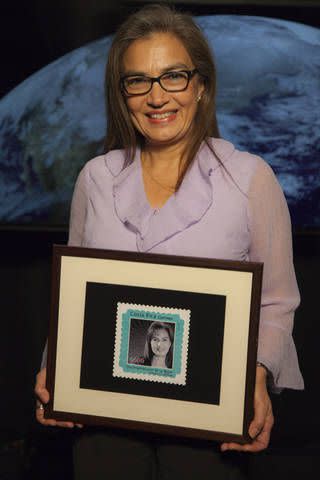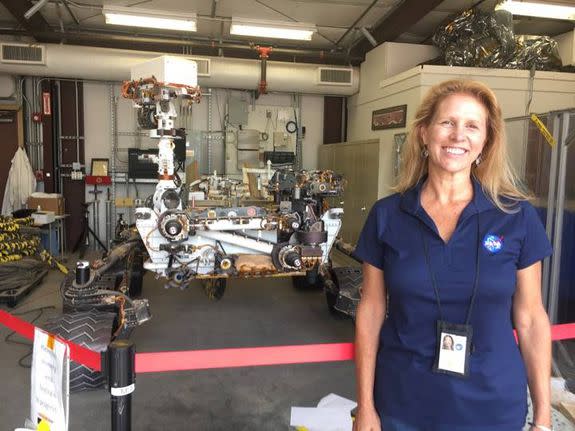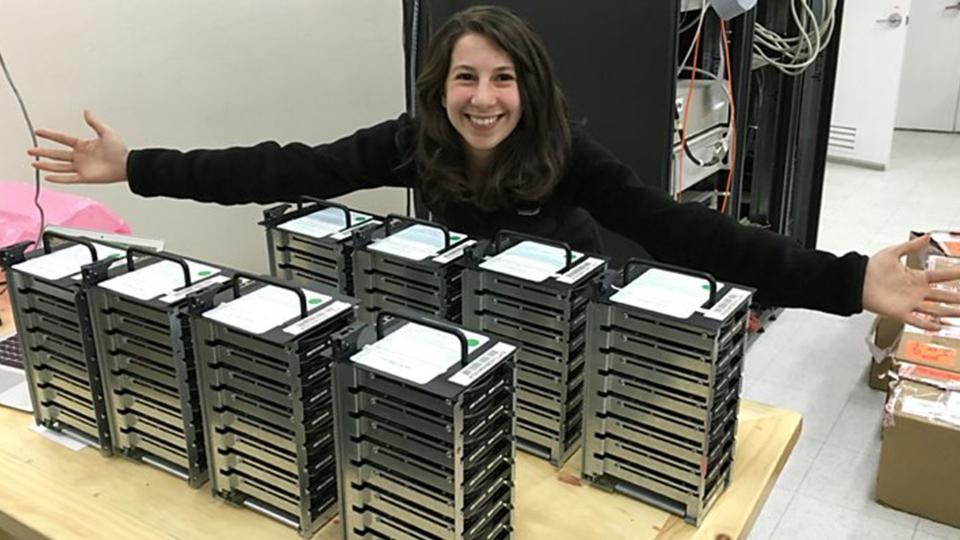Women are now in charge of NASA's science missions

When the next car-sized rover lands on Mars in 2020, the ultimate head of this extraterrestrial endeavor will be physicist Lori Glaze. She's leads NASA's Planetary Science Division.
And she's not alone. For the first time in history, three of NASA's four science divisions are now run by women, a milestone announced by NASA on Friday.
"I am proud to say that for the 1st time in #NASA's history, women are in charge of 3 out of 4 #NASAScience divisions. They are inspiring the next generation of women to become leaders in space exploration as we move forward to put the 1st woman on the Moon," NASA's associate administrator Thomas Zurbuchen tweeted Friday.
If NASA is able to fulfill President Trump's ambitious (and still not funded) directive that the U.S. return to the moon by 2024, NASA has committed that the first women will land on the moon.
In every instance, we hire based on excellence and merit, nothing else. These leaders are incredibly qualified in their fields.
— Thomas Zurbuchen (@Dr_ThomasZ) May 10, 2019
What's more, of the latest class of 12 astronauts, almost half, five, are women. Still, a woman has never led the entire space agency, as NASA's administrator.
This is not surprising. Women still have a stark minority representation in the most powerful positions of U.S. government. Of the 21 members of President Trump's cabinet, four are women. Though females make up nearly 51% of the U.S. population, just 24 percent of Congress is represented by women.
NASA, though, is a clear leader in recognizing the leadership abilities and scientific savvy of the agency's female researchers. What are these three women in charge of?
1. Nicola Fox, director of NASA’s Heliophysics division

Image: nasa
Fox leads NASA's efforts to understand the sun, a science known as heliophysics.
It's a weighty task. NASA is in the midst of a mission that sent a heavily-armored solar probe into the sun's outer atmosphere to gain a markedly improved idea of how our star behaves. This is critical to understanding how solar radiation — and solar storms — will impact our lives, communications, electrical grids, satellites, and astronauts in space.
“Ever since people first looked up, they’ve been looking at the bright light in the sky,” Fox said in a statement. “We are really the oldest science branch.”
2. Sandra Cauffman, acting director of NASA’s Earth Science Division

Image: nasa
Cauffman heads what many believe to be NASA's most critical mission: understanding our home planet.
“What we do in observing Earth as a system gives us the additional benefit of helping humans here on Earth survive hurricanes, tornadoes, pollution, fires, and help public health,” Cauffman said. “Understanding the oceans, the algae blooms — all of those things help humans right here on Earth.”
The work of the Earth Science Division grows increasingly relevant as the planet experiences changes — stoked by human carbon emissions — that are unprecedented in both human and geologic history.
3. Lori Glaze, director of NASA's Planetary Science division.

Image: nasa
Glaze heads the NASA division that explores other worlds — like Mars, Jupiter, and beyond.
This is the NASA department that seeks one of humanity's most pressing questions: Is there life in the solar system outside of our planet?
As of now, there's zero evidence that life exists elsewhere.
But Glaze — and the team she oversees — are looking.
WATCH: Meet Katie Bouman, one of the scientists who helped capture the first black hole image


